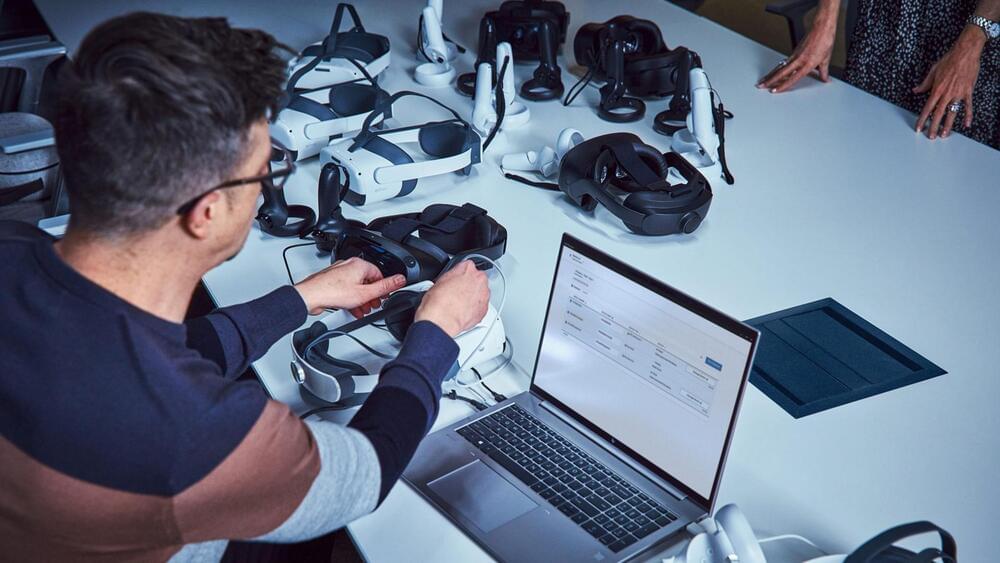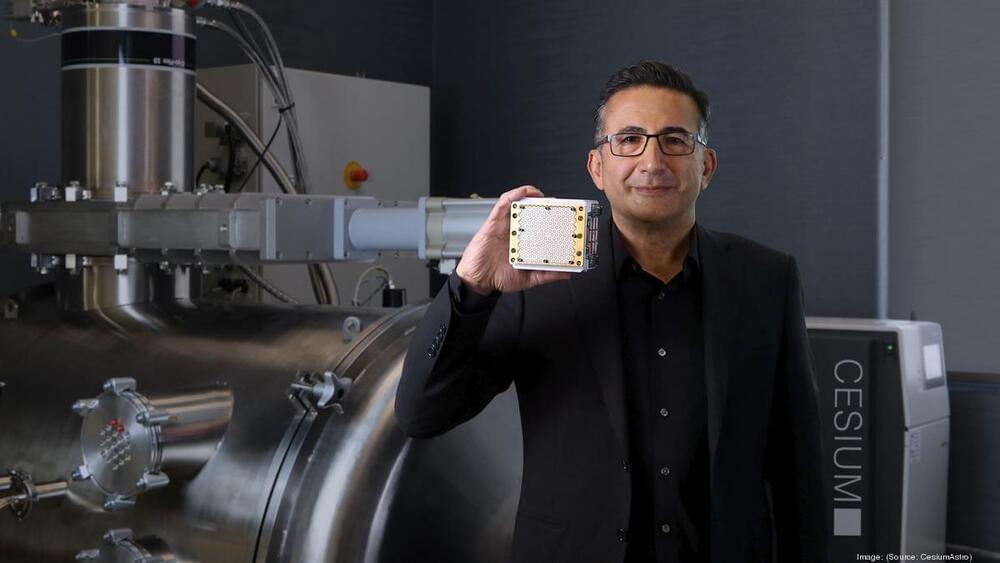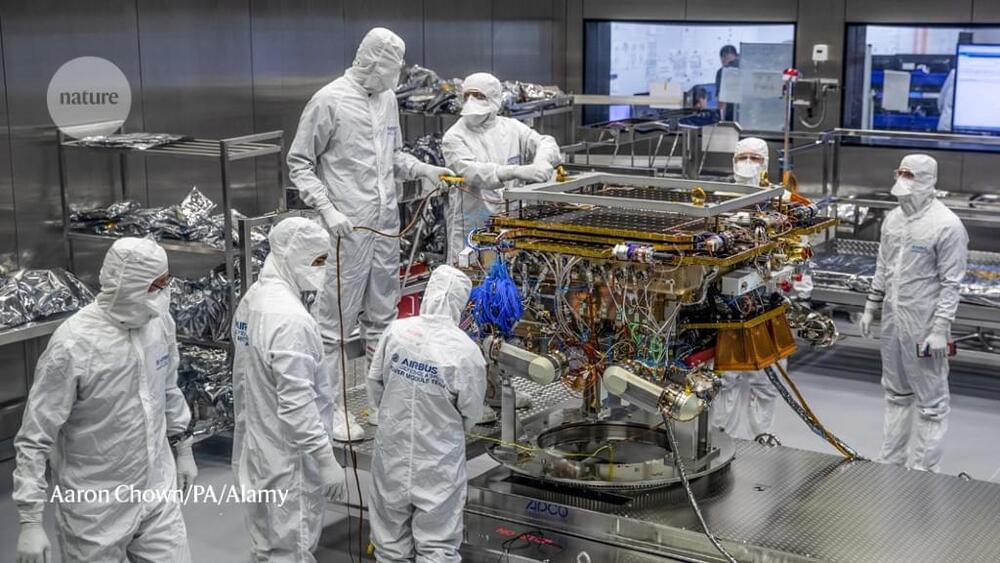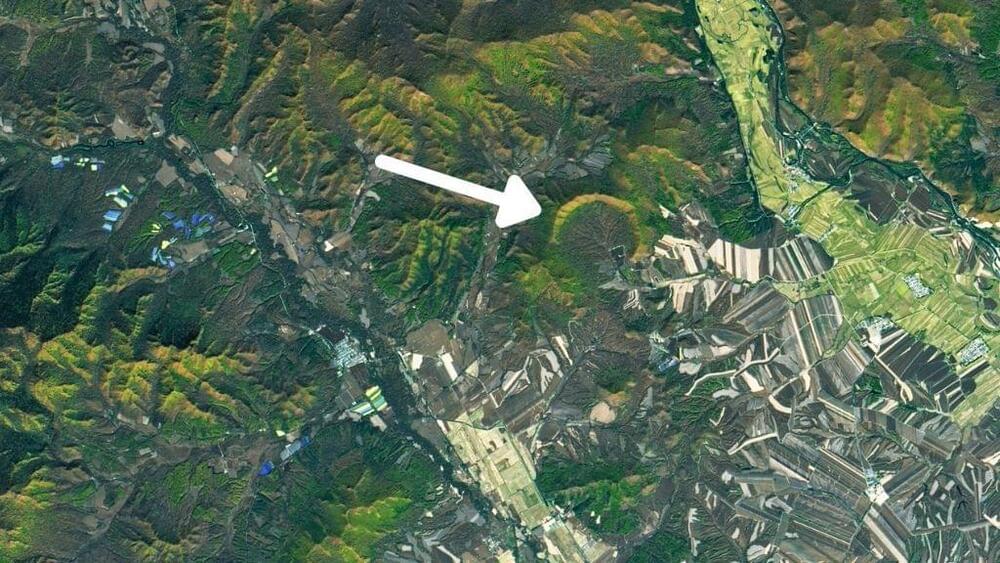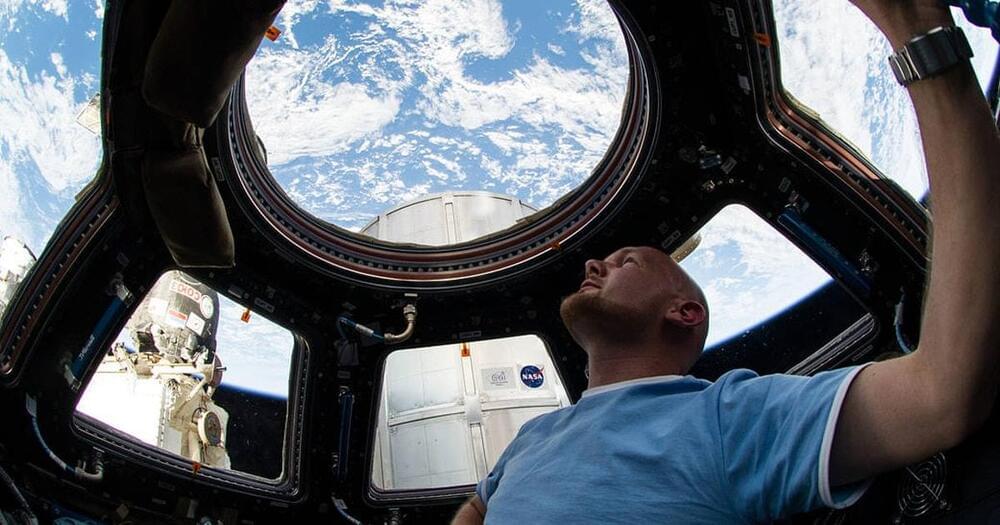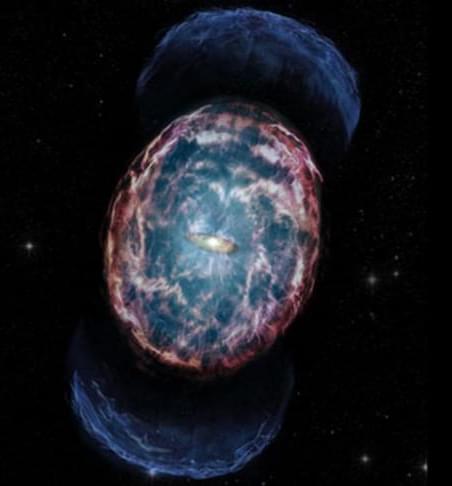I have often mentioned how useful it would be to relocate an asteroid to lunar orbit to serve as a counterweight for a rotovator / skyhook.
Data from NSF’s NOIRLab Show Earth Trojan Asteroid Is the Largest Found The SOAR Telescope, part of NOIRLab’s Cerro Tololo Inter-American Observatory, has helped astronomers refine the size and orbit of the largest known Earth Trojan companion. By scanning the sky very close to the horizon at sunrise, the SOAR Telescope in Chile, part of Cerro-Tololo Inter-American Observatory, a Program of NSF’s NOIRLab, has helped astronomers confirm the existence of only the second-known Earth Trojan asteroid and reveals that it is over a kilometer wide — about three times larger than the first.

